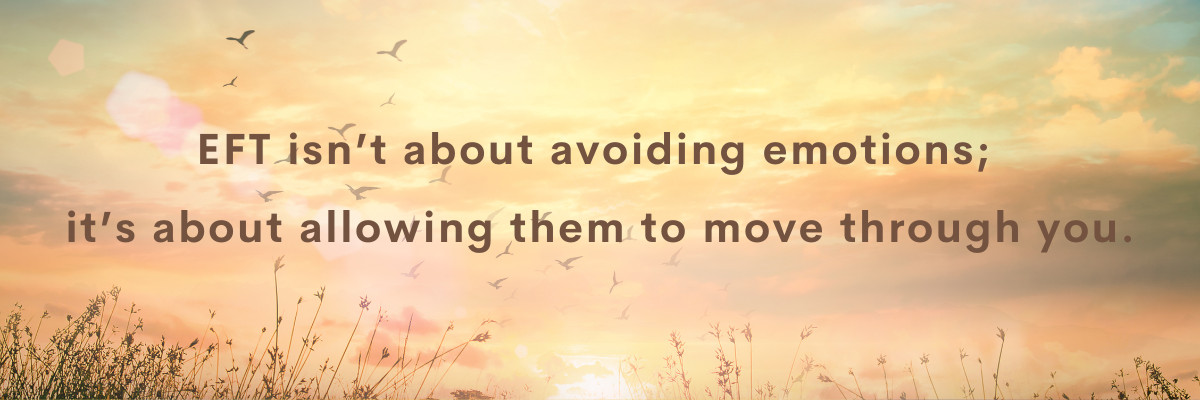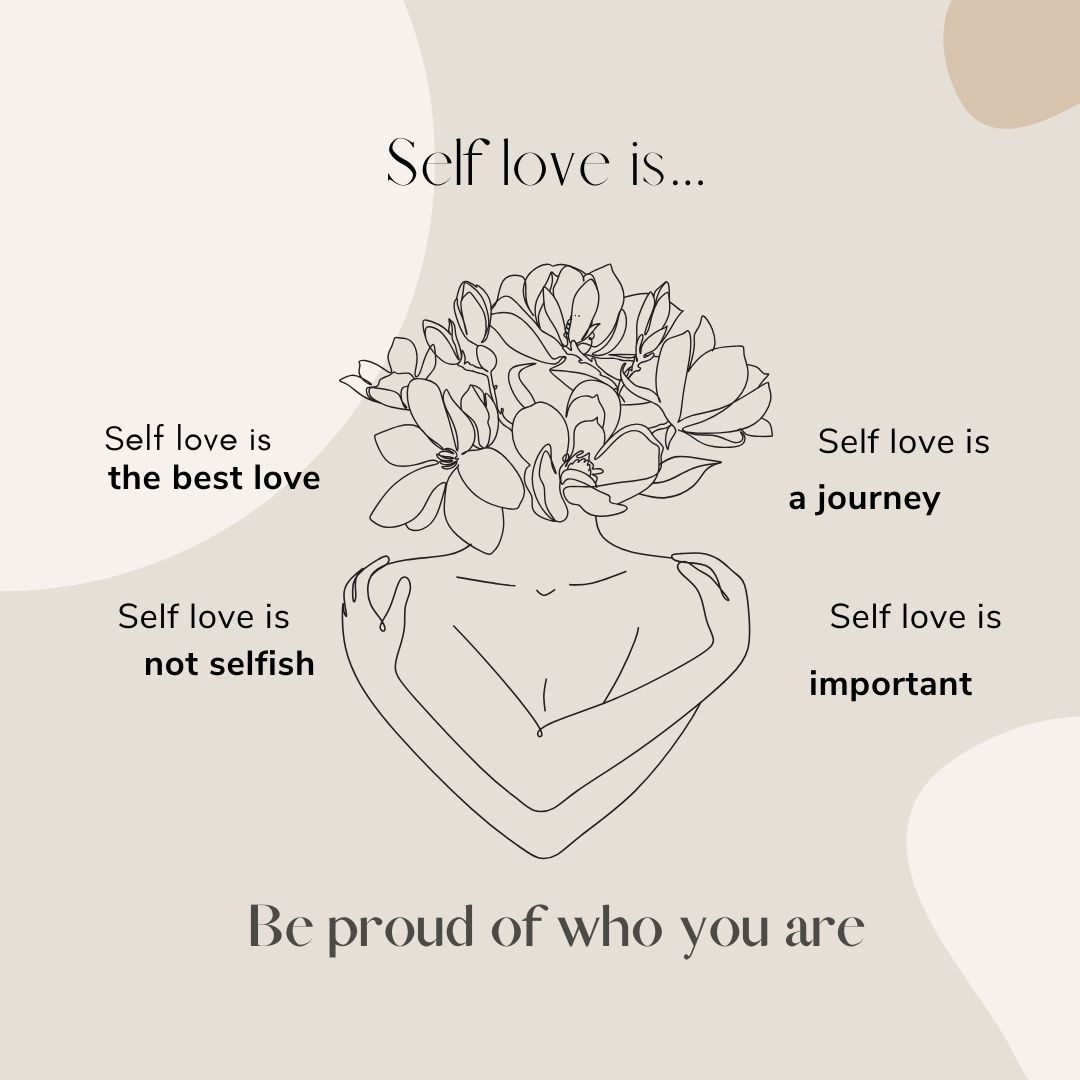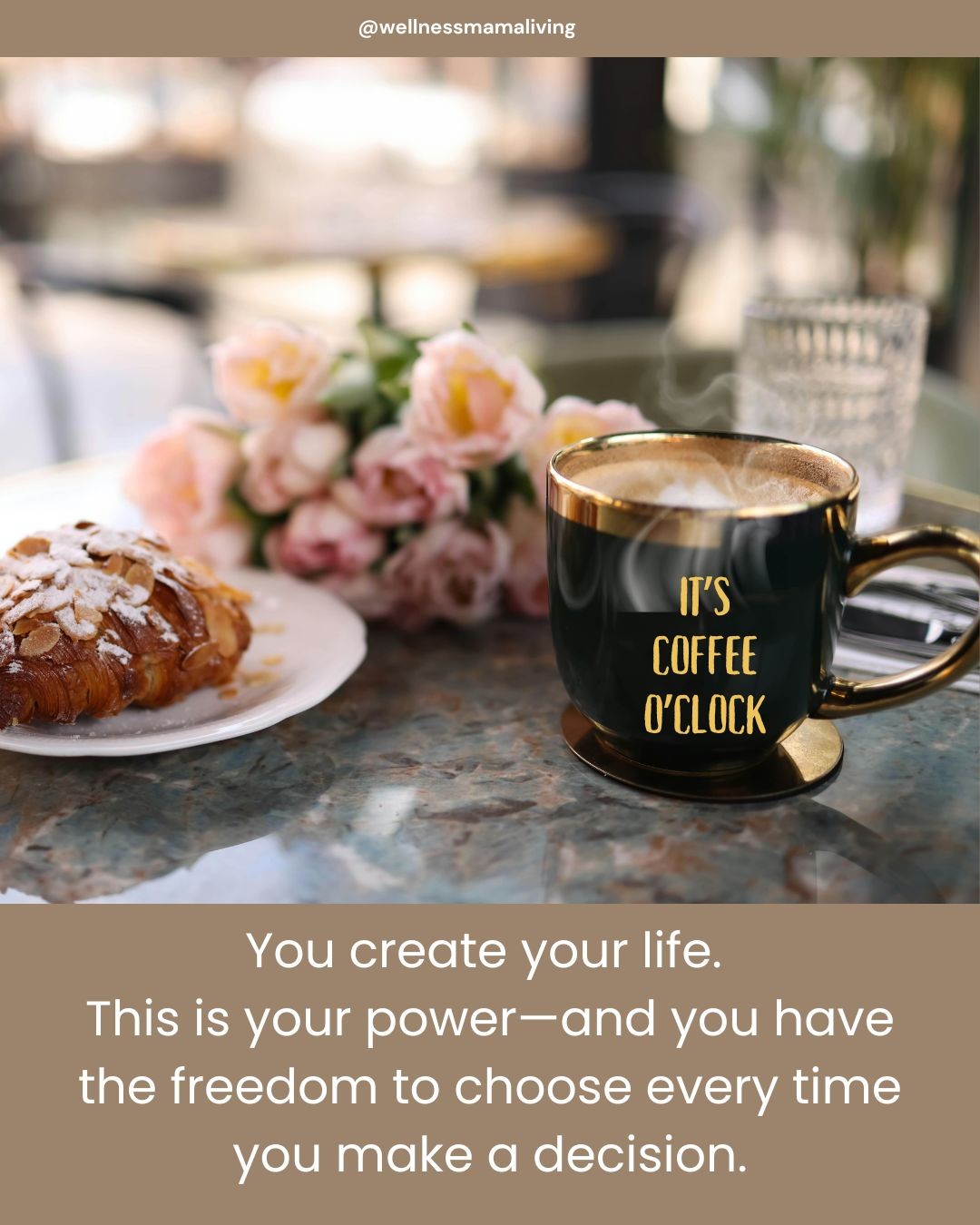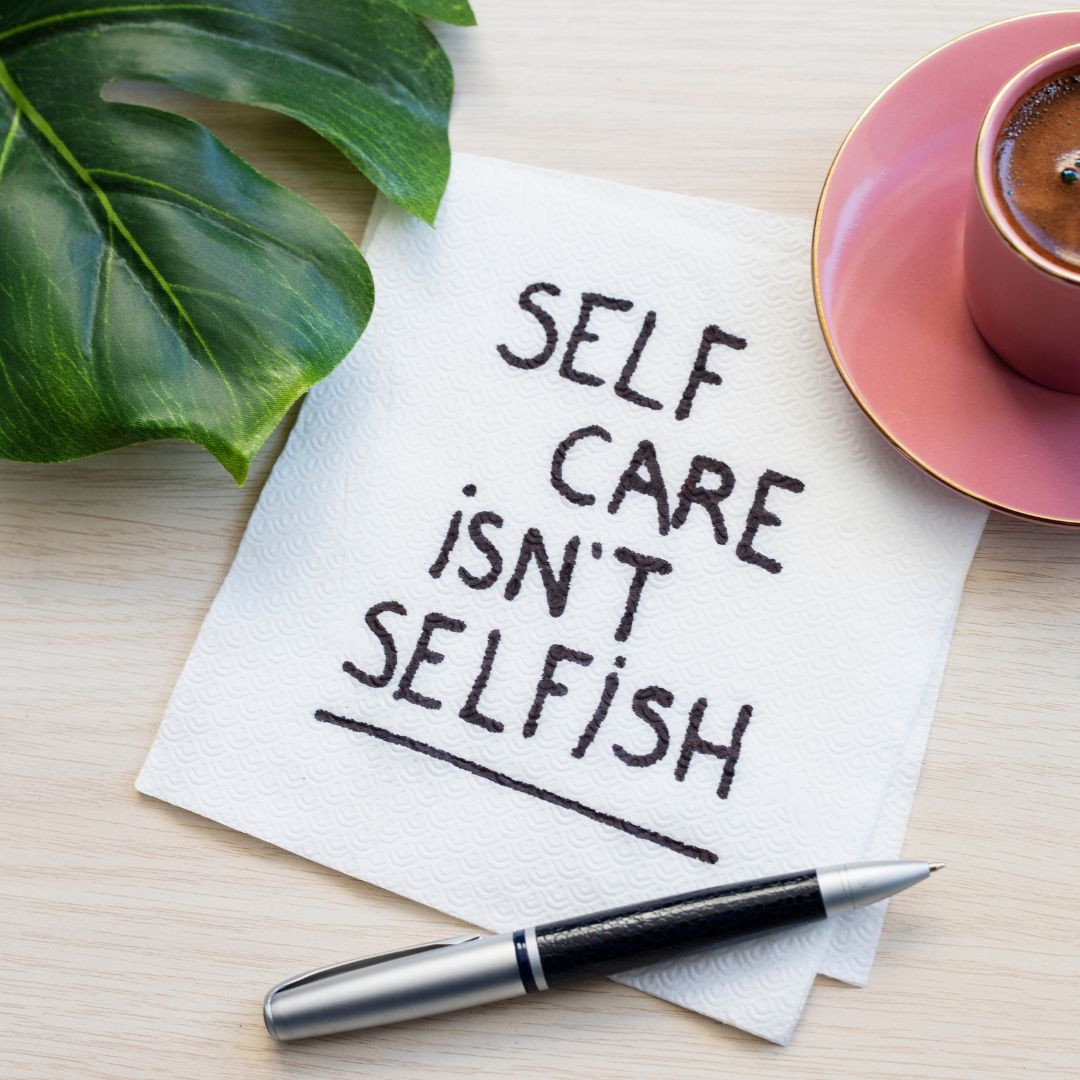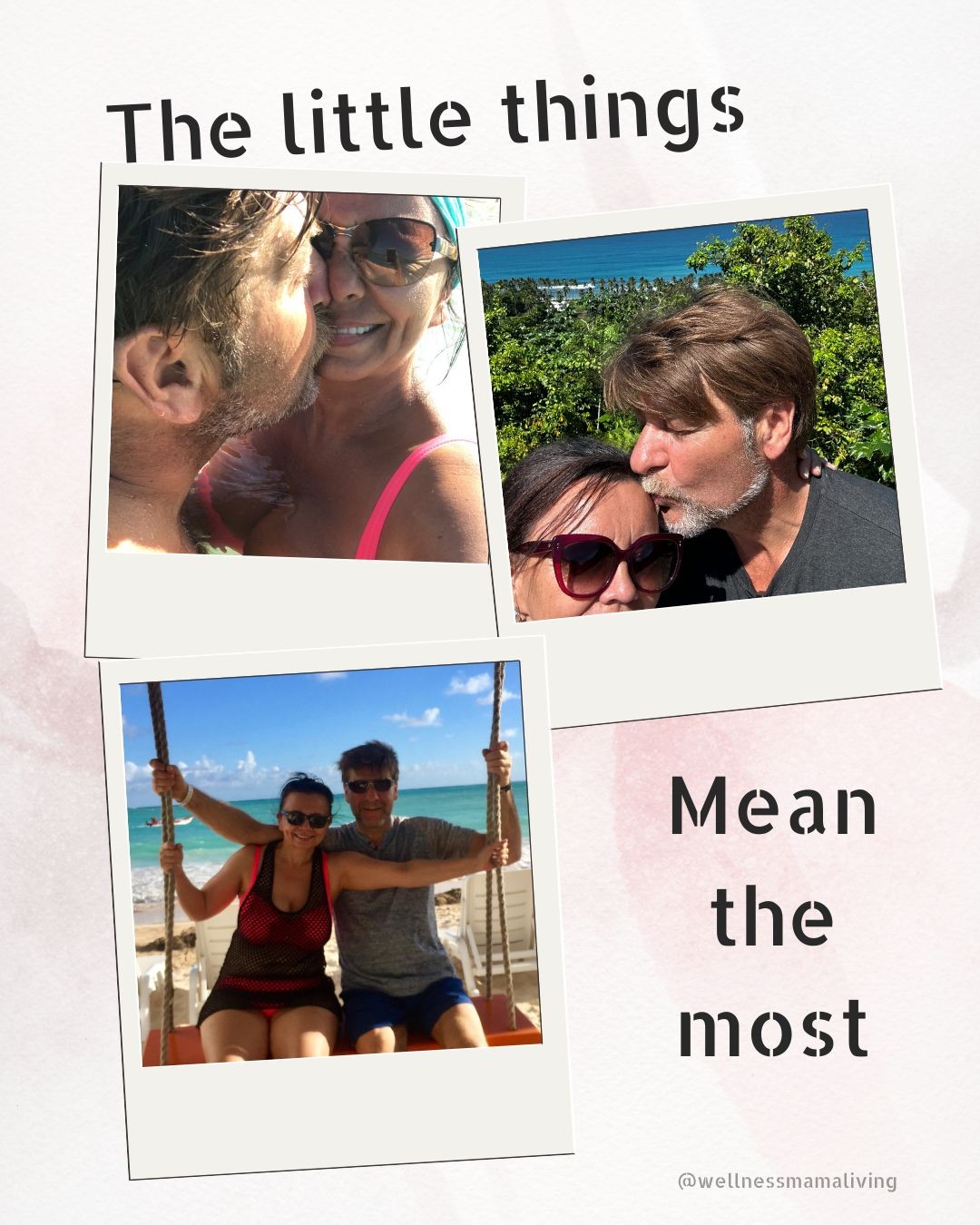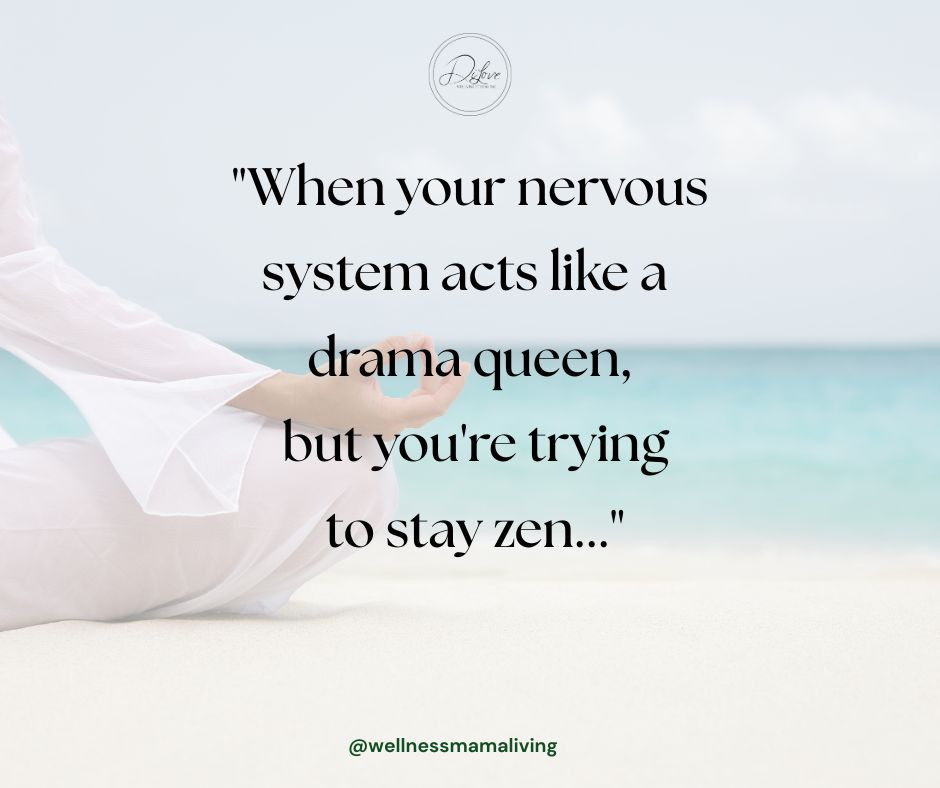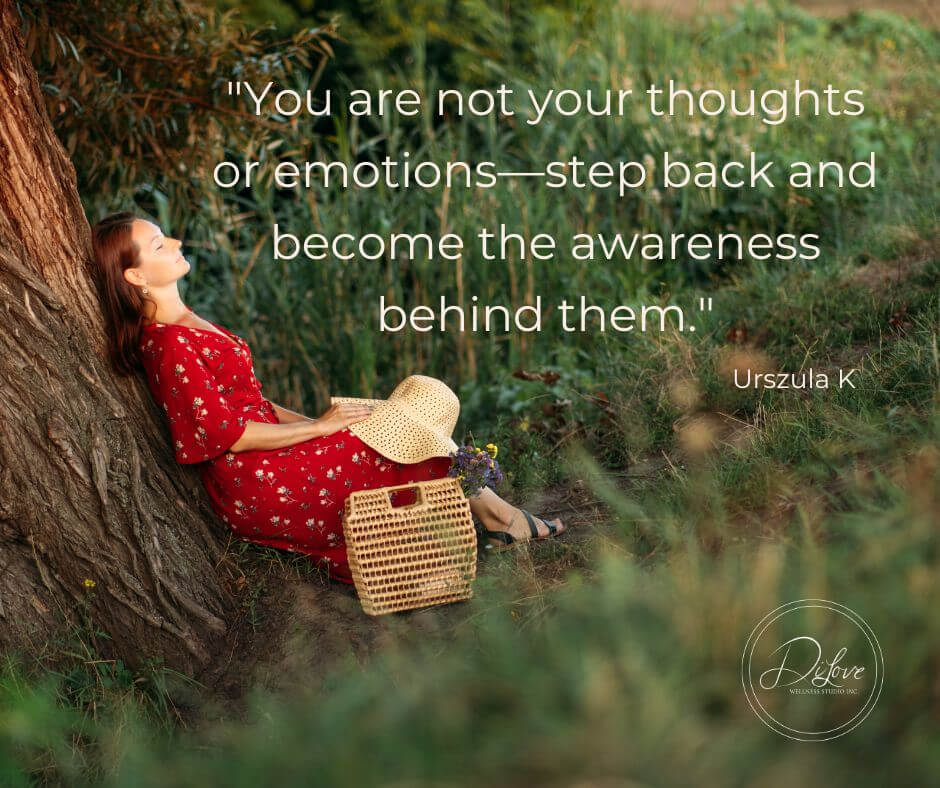
The phrase “Control your own mind” used to frustrate me. It felt impossible—like some mystical skill I desperately needed but had no clue how to achieve. Every time someone told me, “You have to control your mind,” my thoughts would spiral even more. It felt like my mind was controlling me, not the other way around. And that frustration pushed me to figure it out.
Being a research nerd, I immersed myself in podcasts and books, and slowly, things started making sense. I realized that ‘controlling your mind’ is a trap—at least without a deeper explanation. So today, I want to break it down for those who, like I once did, find themselves wondering:
‘How the heck am I supposed to control my mind when it’s running the show?’
The Illusion of Control
Many people believe that controlling the mind means stopping thoughts—silencing negativity, shutting out distractions, and forcing the brain into an unshakable state of focus. But if you’ve ever tried to stop your thoughts completely, you know it’s impossible. The more you try to suppress a thought, the stronger it becomes.
Real mental control isn’t about eliminating thoughts—it’s about choosing which ones to pay attention to and which to let pass.
The mind is like a flowing river—thoughts will come and go, but you decide which ones you step into and engage with. Instead of trying to force the mind into submission, the real power lies in awareness—choosing which thoughts matter and which are just noise.
The Role of Environment in Shaping Thought
Have you ever noticed how different places make you feel different ways? A cluttered, noisy environment often leads to a cluttered, noisy mind. On the other hand, stepping into nature, a peaceful home, or a quiet library can bring an instant sense of calm.
Your environment is constantly shaping your thoughts, whether you realize it or not. Everything you see, hear, smell, and experience feeds your subconscious mind.
- The music you listen to affects your emotions.
- The news you consume can heighten anxiety or provide inspiration.
- The people you surround yourself with influence your mindset.
- The visual clutter in your space can create mental clutter.
By curating your environment—choosing what enters your mental space—you gain more control over the quality of your thoughts. A few small shifts, like reducing social media exposure, spending more time in nature, or decluttering your workspace, can significantly reshape your mental patterns.
How to Train the Mind Without Exhaustion
Many people try to "control" their minds by sheer force, constantly battling negative thoughts or overanalyzing emotions. This is exhausting and ineffective. Instead, training the mind is about working with it, not against it.
1. Mindfulness: Observing Without Attachment
Instead of fighting your thoughts, simply observe them. When an anxious or negative thought arises, acknowledge it without judgment and let it pass—like clouds drifting in the sky. The less you engage, the weaker they become.
2. Mental Diet: Choosing What You Consume
Just like your body reflects the food you eat, your mind reflects the information you consume. If your mind feels chaotic, check your "mental diet." Reduce exposure to negativity and choose content that nourishes your mind—books, uplifting conversations, and creative activities.
3. Emotional Regulation: Respond, Don’t React
You can’t control what appears in your mind, but you can control how you respond. Pause before reacting to negative emotions. Take a deep breath, assess the situation, and choose a response that aligns with your long-term peace instead of short-term impulses.
4. The Power of Choice: You Control What Stays
Thoughts will always pop up unexpectedly. Some will be inspiring, others discouraging. But you decide which thoughts you engage with. Just because a negative thought appears doesn’t mean you have to entertain it.
Imagine your thoughts like visitors at your door—some are welcome, and some you simply don’t invite in.
Rewiring the Mind
I remember listening to a lecture by Eckhart Tolle, where he discussed how to deal with unwanted, persistent thoughts. He suggested using distraction as a tool—not by ignoring the thoughts, but by shifting focus to something neutral or beautiful.
For example, instead of engaging with the thought, look at the sky and think, "What a beautiful color." Or notice a flower and say, "Such a lovely flower." By repeatedly redirecting your attention this way, the mind eventually releases its grip on the unwanted thought.
At first, I thought it sounded a bit silly. But then I tried it—again and again—and it worked.
Why? Because the mind follows attention. When you consciously direct your focus toward something neutral or pleasant, your brain gradually lets go of intrusive thoughts, making space for clarity and peace.
Practical Steps for Strengthening Mental Freedom
If you want to regain control over your thoughts, start by implementing small but powerful habits into your daily life:
- Set Boundaries on Social Media & News – Limit the time you spend consuming negative or mindless content. Choose sources that inspire and uplift rather than drain your energy.
- Create an Inspiring Physical Space – Declutter your home, add calming scents, play relaxing music, and spend time in nature. A peaceful environment nurtures a peaceful mind.
- Train the Mind Like a Muscle – Just as physical strength requires consistent exercise, mental strength comes from daily awareness practices—whether it’s meditation, journaling, or simply taking a mindful pause before reacting to stress.
True Freedom Lies in Choice
If we don’t guide our thoughts, they can become our own prison. No one else can control our minds, but if we let them wander aimlessly, we risk getting lost in overthinking, fear, or doubt.
True freedom comes from mindful thinking—choosing to focus on growth, peace, and what truly matters.
Our minds are powerful, and when we use them wisely, they become our greatest strength.
Mental freedom isn’t about having no thoughts—it’s about choosing which ones define you. You can’t stop every negative or unhelpful thought from appearing, but you can decide whether to believe, engage with, or let go of them.
The real power is not in silencing the mind, but in guiding it. When you master this skill, you no longer become a prisoner of your thoughts—you become the one who chooses your inner narrative.
So ask yourself: "What thoughts will I choose today?"
Xoxo
Urszula

Connect with me on Instagram for mindset tips and motivation!




